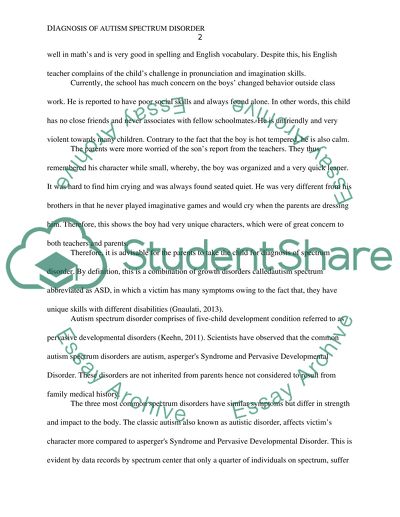Cite this document
(“Diagnosing a child who is suspected of having autism Spectrum disorder Essay”, n.d.)
Diagnosing a child who is suspected of having autism Spectrum disorder Essay. Retrieved from https://studentshare.org/psychology/1490433-diagnosing-a-child-who-is-suspected-of-having
Diagnosing a child who is suspected of having autism Spectrum disorder Essay. Retrieved from https://studentshare.org/psychology/1490433-diagnosing-a-child-who-is-suspected-of-having
(Diagnosing a Child Who Is Suspected of Having Autism Spectrum Disorder Essay)
Diagnosing a Child Who Is Suspected of Having Autism Spectrum Disorder Essay. https://studentshare.org/psychology/1490433-diagnosing-a-child-who-is-suspected-of-having.
Diagnosing a Child Who Is Suspected of Having Autism Spectrum Disorder Essay. https://studentshare.org/psychology/1490433-diagnosing-a-child-who-is-suspected-of-having.
“Diagnosing a Child Who Is Suspected of Having Autism Spectrum Disorder Essay”, n.d. https://studentshare.org/psychology/1490433-diagnosing-a-child-who-is-suspected-of-having.


